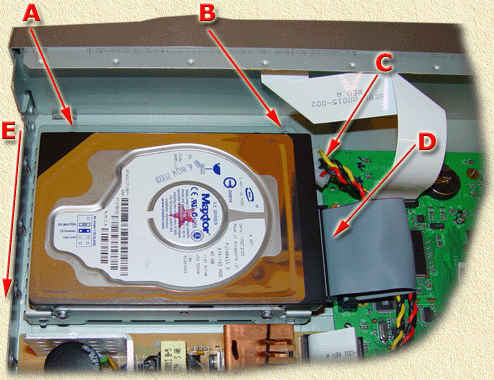

There is also DHCP option 12 that is used to send the hostname to the Server.
What is dhcp client id tivo mac#
' It is a common practice to use MAC as a client ID, but some. We can override the default by using ip address dhcp client-id command, and then it will use the hexadecimal MAC address of the named interface as the client identifier. Quote from dhcp rfc:' The client identifier is an opaque key, not to be interpreted by the server for example, the client identifier may contain a hardware address, identical to the contents of the chaddr field, or it may contain another type of identifier, such as a DNS name. That is what happens if we just use ip address dhcp without any options. The dhcp client will look for signal 23(SIGIO) to.

By default, the client identifier is an ASCII value. MAC denotes that the hardware address for the particular interface should be used as the client id. For instance, I want my tivo to always connect with the same IP address, even if it or the router is rebooted. My old linksys this was very obvious, not so much for this WD router. What is termed the Client ID for the purposes of the DHCP protocol is whatever is used by the protocol to identify the client computer.Ī client identifier (DHCP option 61) can be a hexadecimal or an ASCII value. With my N900, I cannot find where I can make my connected devices’ IP addresses static. In any case, in order for DHCP to function, we must be certain that no other client is using the client ID we choose, and we must be sure the DHCP server will accept it. So here in this example we assigned DHCP address to our vlan101 interface.īy default, DHCP implementations typically employ the client's MAC address for this purpose, but the DHCP protocol allows other options as well.

What is dhcp client id tivo full#
We can find a few ASCII codes below but we need to search for a full set.įor example, the string 'cisco' will be represented in ASCII (hex) as 63 69 73 63 6f This is the ASCII value (in Hex) of the character. This string represents the ASCII equivalent of the client identifier. The string under the DHCP client-id/hardware address represents the ASCII equivalent of the client identifier.


 0 kommentar(er)
0 kommentar(er)
